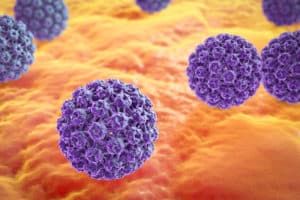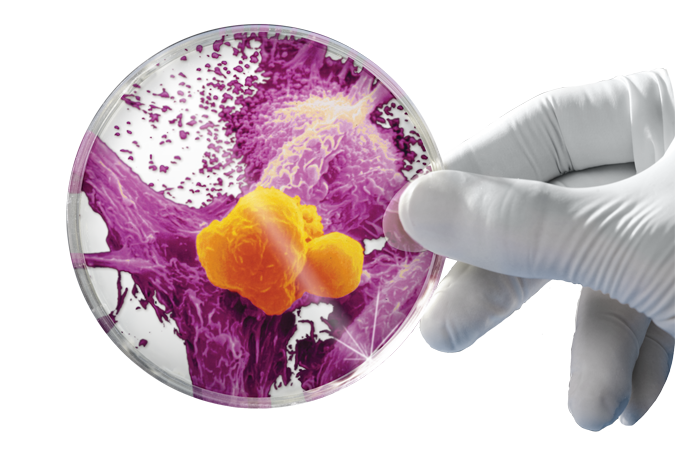 The Center for Disease Control and Prevention says that nearly 80 million Americans are currently infected with human papillomavirus (HPV), and about 14 million become newly infected each year. Eight out of ten women will contract HPV in their lifetimes. That makes HPV the most common sexually transmitted disease (STD) in the country. Here are five things you didn’t know about this very common, but preventable, disease.
The Center for Disease Control and Prevention says that nearly 80 million Americans are currently infected with human papillomavirus (HPV), and about 14 million become newly infected each year. Eight out of ten women will contract HPV in their lifetimes. That makes HPV the most common sexually transmitted disease (STD) in the country. Here are five things you didn’t know about this very common, but preventable, disease.
1. There are more than 200 different types of HPV.
HPV isn’t just one disease, it’s a group of diseases. The National Cancer Institute says sexually transmitted HPV can be divided into two groups: high risk and low risk. Low risk types almost never lead to cancer, but can cause smaller issues like genital warts or benign tumors. High risk types can cause several different types of cancer. There are fourteen high risk HPV types.
2. High risk HPV types cause all cases of cervical cancer.
Men are less affected by HPV, but high risk HPV in women causes nearly all types of cervical cancer. Having HPV does not guarantee a woman will get cervical cancer, though. Baylor University surgeon Jessica Shepherd says the chances of HPV turning into cancer are low and HPV often clears on its own. But sometimes HPV can turn into cervical cancer.
3. HPV can be hidden in your body for years without any signs or symptoms.
Shepherd also says that the virus can stay hidden in your system for years. This is true even if you have one long-term sexual partner. That’s why regular cervical cancer screenings are so important. Many women choose to get tested for STDs before each new partner, and cervical cancer screenings should be part of that testing. STDs spread through oral, anal, and vaginal sex, so using barrier protection like condoms is a good way to reduce your risk of getting these diseases.
4. Screening with a “pap smear” is the only way to know if you have HPV.
HPV doesn’t always have symptoms, so screening is the only way to tell if you have it. Women between the ages of 30 and 65 should be screened for cervical cancer as part of their standard cancer screening. Women between ages 21 and 29 should be tested every three years by a “pap smear,” or a removal of cells from the cervix which are sent out for testing. Screening is recommended as people get older because it is more likely to identify persistent, high risk HPV.
Cervical cancer screenings are required by law to be covered by health insurance. Even if you don’t have health insurance, there are clinics nationwide that provide the service at little or no cost. Shepherd recommends getting a pap smear and HPV screening together, which is called co-testing, because it is the best way to find cervical cancer.
5. If it is caught early, then cervical cancer is almost always treatable or curable.
Cervical cancer doesn’t typically have early signs or symptoms, but as it progresses, it can cause vaginal bleeding or abnormal discharge after sexual activity. Early screening can find high-risk HPV before it turns into cervical cancer. If caught early, cervical cancer is treatable, which makes regular screenings important.
 HPV can cause cancers other than cervical as well. These include cancers of the genitals or throat. There aren’t screening tests for these other cancers, but there are vaccines. The Center for Disease Control recommends 11 to 12 year olds get two doses of the HPV vaccine. The vaccine is available at any private doctors office or federally funded health center.
HPV can cause cancers other than cervical as well. These include cancers of the genitals or throat. There aren’t screening tests for these other cancers, but there are vaccines. The Center for Disease Control recommends 11 to 12 year olds get two doses of the HPV vaccine. The vaccine is available at any private doctors office or federally funded health center.


























